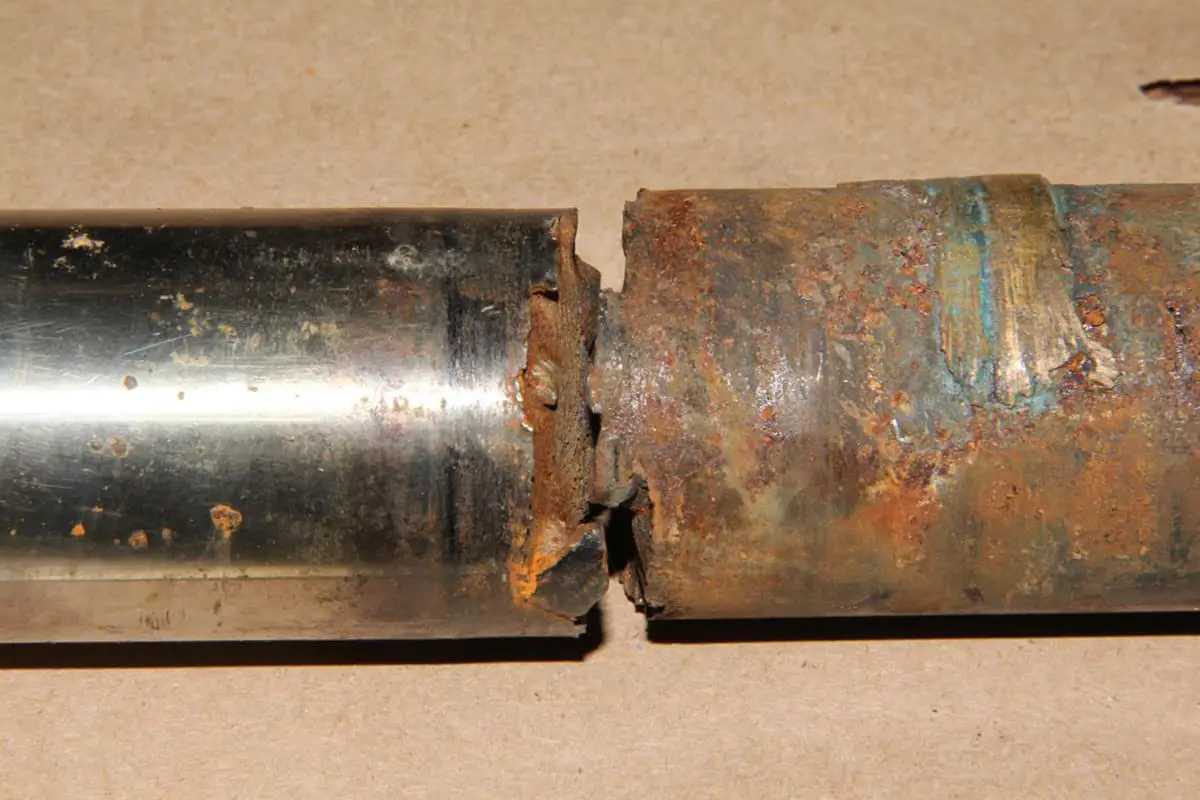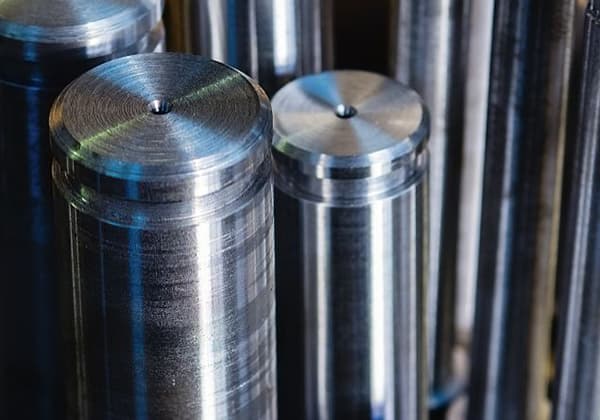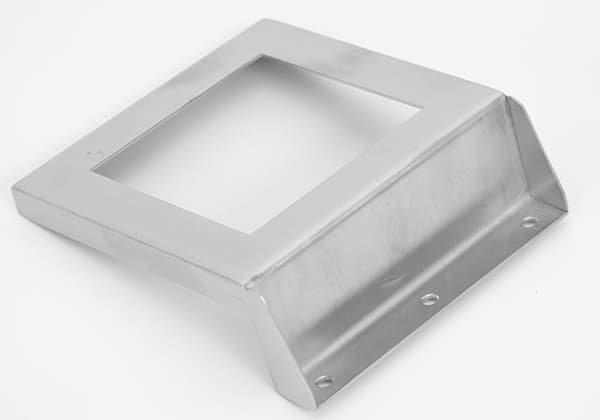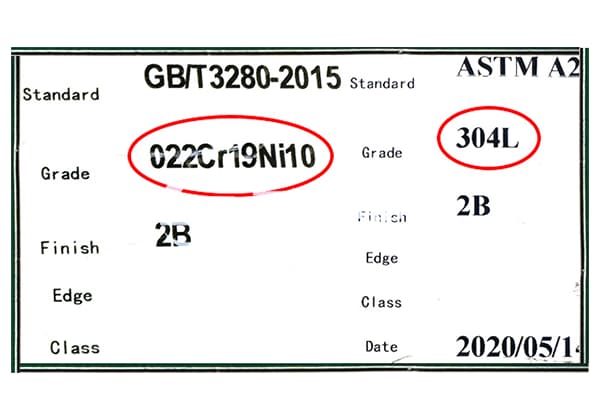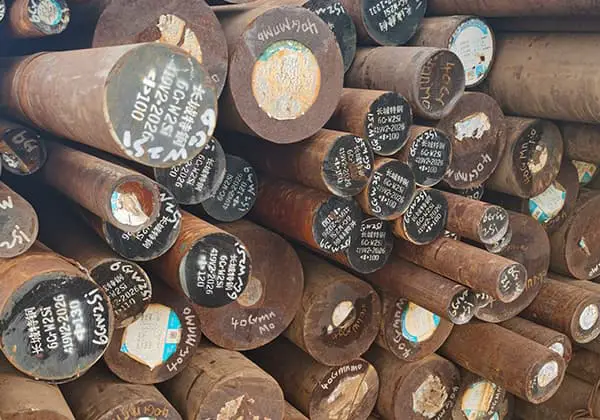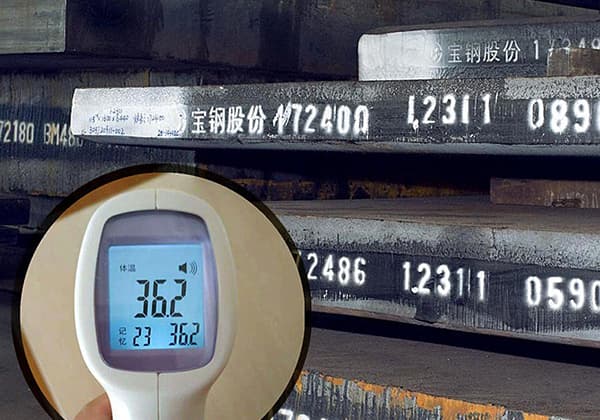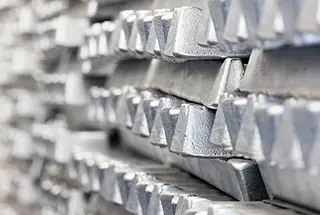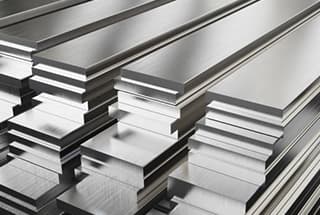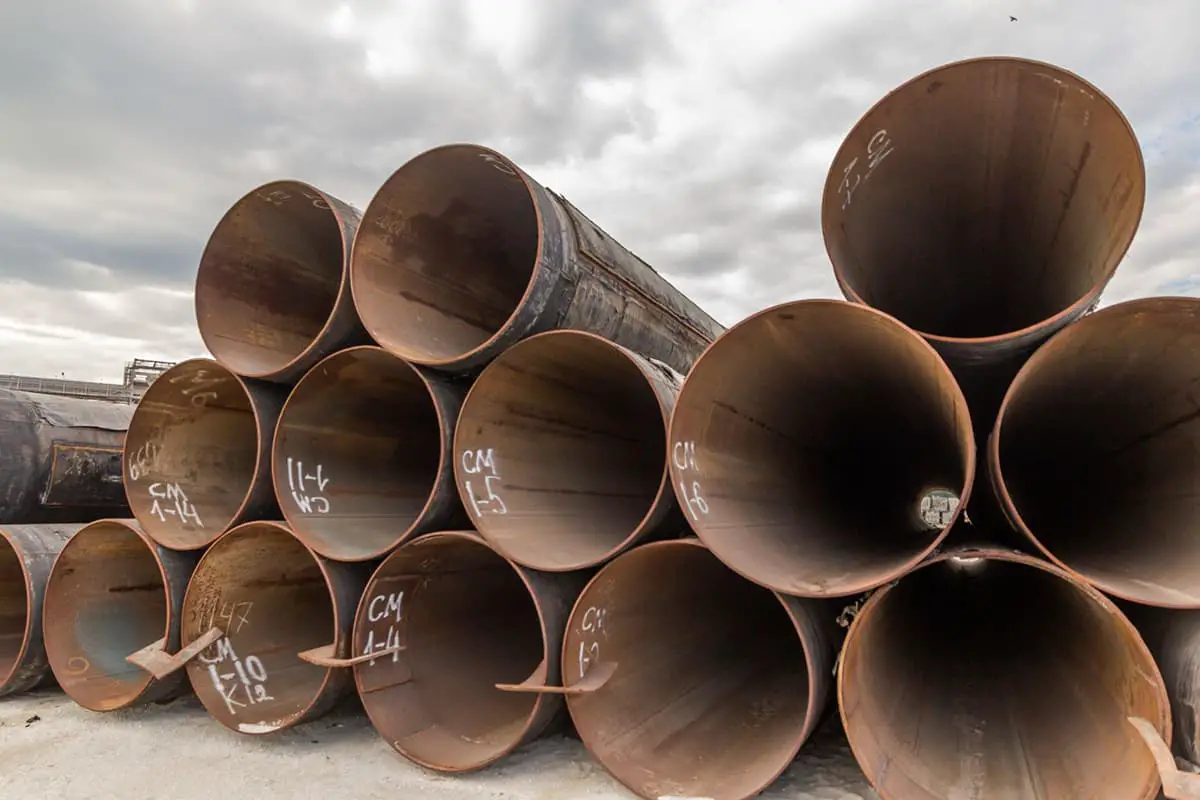
What makes steel strong and durable? The secret lies in its chemical composition. This article delves into the effects of 19 different elements, such as carbon, silicon, and manganese, on steel’s properties. From enhancing strength and toughness to affecting weldability and corrosion resistance, you’ll discover how each element plays a crucial role. Dive in to understand how the right mix of elements can tailor steel for various applications, providing insight into materials engineering.
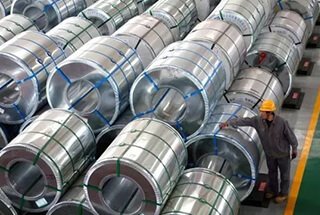
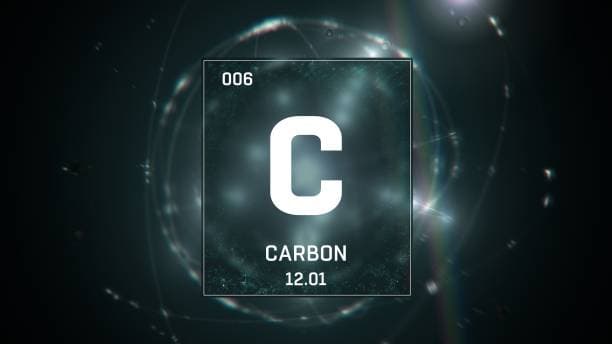
The role of carbon in steel is a delicate balance. On one hand, as the carbon content increases, the yield strength and tensile strength of the steel increase, but on the other hand, its plasticity and impact resistance decrease.
As a result, the carbon content must be tailored to the intended use of the steel. When the carbon content exceeds 0.23%, the welding performance deteriorates significantly, which is why the carbon content of low-alloy structural steel used for welding must not exceed 0.20%.
Additionally, excessive carbon content reduces the steel’s resistance to atmospheric corrosion, making high-carbon steel in open-air environments vulnerable to corrosion.
However, high carbon content is not entirely negative as it can also improve the steel’s cold brittleness and sensitivity to aging.
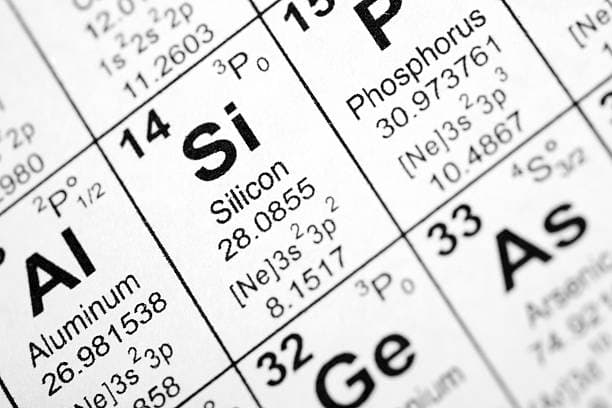
Silicon is added as a reducing agent and deoxidizing agent during the steelmaking process, resulting in steel that contains 0.15-0.30% silicon. When the silicon content exceeds 0.50-0.60%, it is considered an alloying element.
Silicon can significantly increase the elastic limit, yield strength, and tensile strength of steel, and is therefore widely used in spring steels, such as 65Mn and 82B, which contain 0.15-0.37% silicon.
Adding 1.0-1.2% silicon to quenched and tempered structural steel can increase its strength by 15-20%.
Additionally, when combined with elements like molybdenum, tungsten, and chromium, silicon improves the corrosion and oxidation resistance of steel, and is used to produce heat-resistant steel.
Low-carbon steel containing 1.0-4.0% silicon has extremely high magnetic permeability and is used for making silicon steel sheets in the electrical industry.
However, silicon has a drawback in that it reduces the welding performance of steel.
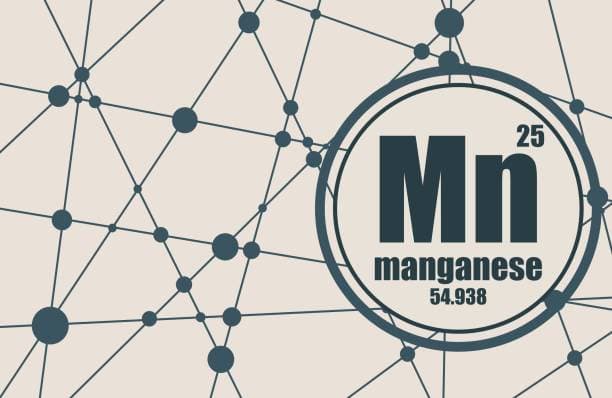
During the steelmaking process, manganese acts as a good deoxidizer and desulfurizer, and steel typically contains 0.30-0.50% manganese.
If more than 0.70% manganese is added to carbon steel, it is considered “manganese steel.”
This type of steel has not only adequate toughness, but also higher strength and hardness than regular steel. Manganese improves the hardenability and hot workability of steel; for example, the yield strength of 16Mn steel is 40% higher than that of A3 steel.
Steel containing 11-14% manganese has extremely high wear resistance and is used for applications such as excavator buckets and ball mill liners. However, high manganese content also has drawbacks.
When the manganese content is high, the steel is more prone to tempering brittleness. Manganese promotes grain growth, which must be taken into consideration during heat treatment. When the mass fraction of manganese exceeds 1%, the welding performance of steel decreases.

Sulfur is a harmful element in steel that comes from the steelmaking ore and fuel coke. In steel, sulfur exists in the form of FeS and forms compounds with Fe that have a low melting point (985°C), whereas the hot working temperature of steel is typically 1150-1200°C.
As a result, during hot working, the FeS compound melts prematurely, causing the workpiece to crack, a phenomenon known as “hot brittleness.” The higher the sulfur content, the more severe the hot brittleness, so the sulfur content must be controlled.
For high-quality steel, the sulfur content is less than 0.02-0.03%; for quality steel, it is less than 0.03-0.045%; and for ordinary steel, it is less than 0.055-0.07%. In some cases, sulfur is added to steel.
For example, adding 0.08-0.20% sulfur to steel can improve its cutting workability, resulting in what is known as free-cutting steel.
However, sulfur also has negative effects on welding performance and can reduce corrosion resistance.

Phosphorus is introduced into steel through the ore. Generally speaking, phosphorus is a harmful element in steel. While it can increase the strength and hardness of steel, it greatly reduces its plasticity and impact toughness.
At low temperatures, phosphorus makes the steel significantly brittle, a phenomenon known as “cold brittleness,” which deteriorates its cold working and weldability.
The higher the phosphorus content, the more severe the cold brittleness, so the control of phosphorus content in steel is strict.
High-quality steel has a phosphorus content of less than 0.025%, quality steel has a phosphorus content of less than 0.04%, and ordinary steel has a phosphorus content of less than 0.085%.

Oxygen is a harmful element in steel that naturally enters the steelmaking process. Despite the addition of manganese, silicon, iron, and aluminum for deoxidation at the end of steelmaking, it is not possible to remove all of the oxygen.
Oxygen appears in steel as FeO, MnO, SiO2, Al2O3, and other inclusions, which decrease the strength and plasticity of steel. In particular, it has a significant impact on fatigue strength and impact toughness.

Ferrite has a low capacity for dissolving nitrogen. When nitrogen is supersaturated in steel, it will precipitate in the form of nitrides after a long period of time or after heating at 200-300°C, increasing the hardness and strength of the steel but reducing its plasticity and causing aging.
To eliminate the tendency to age, Al, Ti, or V can be added to the molten steel for nitrogen fixation treatment, which fixes nitrogen in the form of AlN, TiN, or VN.
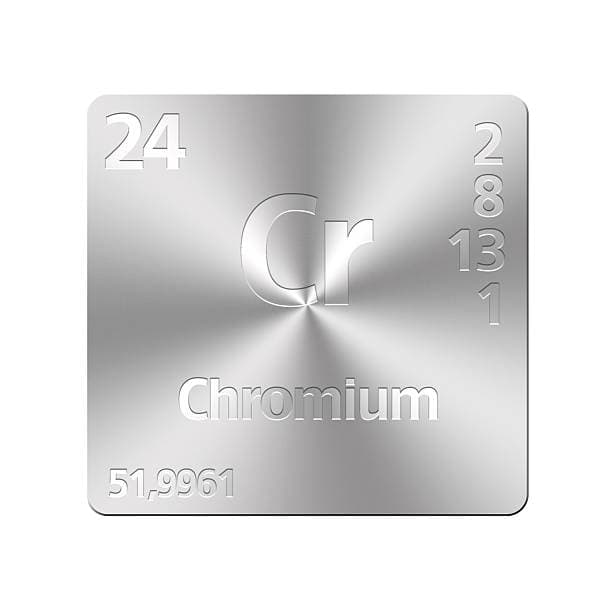
Chromium greatly enhances the strength, hardness, and wear resistance of structural steel and tool steel, giving the steel good oxidation and corrosion resistance.
As a result, chromium is an important alloying element for stainless steel and heat-resistant steel. Chromium also improves the hardenability of steel and is a crucial alloying element.
However, chromium also increases the brittle transition temperature of the steel, increases its tempering brittleness, and can cause difficulties in the processing process.

Nickel increases the strength of steel while preserving good plasticity and toughness. It has high resistance to corrosion from acids and alkalis and is rust and heat resistant at high temperatures. However, since nickel is a scarce resource, other alloy elements are often used instead of nickel-chrome steel.

Molybdenum refines the grain structure of steel, improves hardenability and hot strength, and maintains sufficient strength and resistance to creep at high temperatures (when deformation occurs under long-term stress at high temperatures).
When added to structural steel, molybdenum enhances its mechanical properties and also reduces the brittleness of alloy steel due to fire. Additionally, when added to tool steel, molybdenum improves its red hardness.
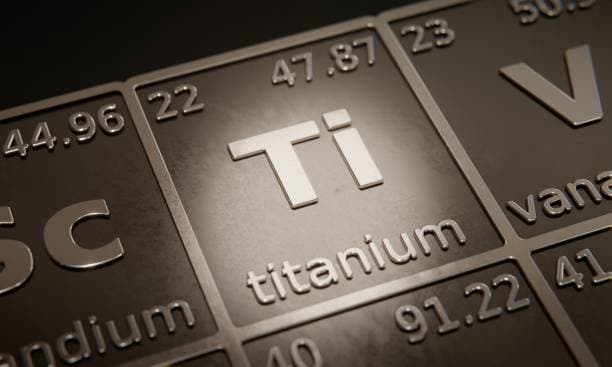
Titanium is a strong deoxidizer in steel. It makes the internal structure of steel more dense, refines its grain structure, reduces aging sensitivity and cold brittleness, and improves welding performance. Adding the appropriate amount of titanium to Cr18Ni9 austenitic stainless steel can prevent intergranular corrosion.

Vanadium is an excellent deoxidizer in steel. By adding 0.5% vanadium to steel, the grain structure is refined and strength and toughness are improved. The carbides formed by the combination of vanadium and carbon enhance resistance to hydrogen corrosion under high temperature and pressure.

Tungsten has a high melting point and a high density, making it a crucial alloying element. The carbides formed from tungsten and carbon have high hardness and wear resistance. Adding tungsten to tool steel significantly improves its red hardness and heat strength, making it suitable for use as cutting tools and forging dies.

Niobium refines the grain structure of steel and reduces its sensitivity to overheating and temper brittleness, while also improving its strength, but decreasing its plasticity and toughness.
Adding niobium to ordinary low alloy steel enhances its resistance to atmospheric corrosion and hydrogen, nitrogen, and ammonia corrosion resistance at high temperatures. Niobium also improves welding performance. When added to austenitic stainless steel, niobium prevents intergranular corrosion.

Cobalt is a rare and valuable metal that is mostly used in special steels and alloys, such as heat-resistant steel and magnetic materials.

WISCO steel, made from Daye Ore, often contains copper. Copper enhances strength and toughness, particularly the atmospheric corrosion performance. The downside is that hot brittleness is more likely to occur during hot processing. When the copper content exceeds 0.5%, the plasticity is greatly reduced, but when the copper content is less than 0.50%, it has no impact on weldability.
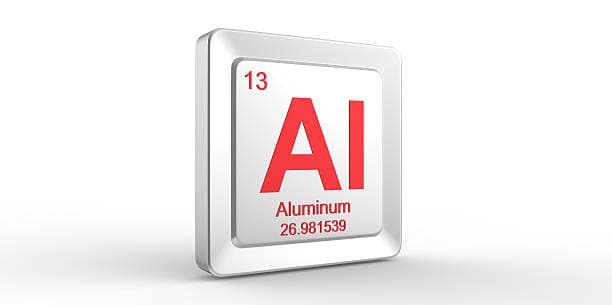
Aluminum is a common deoxidizer in steel. By adding a small amount of aluminum to steel, the grain structure is refined and impact toughness is improved, as seen in 08Al steel used for deep drawing sheets. Aluminum also has resistance to oxidation and corrosion.
When combined with chromium and silicon, aluminum greatly improves the high temperature non-skinning performance and resistance to high temperature corrosion. However, aluminum negatively impacts the hot workability, welding performance, and cutting performance of steel.
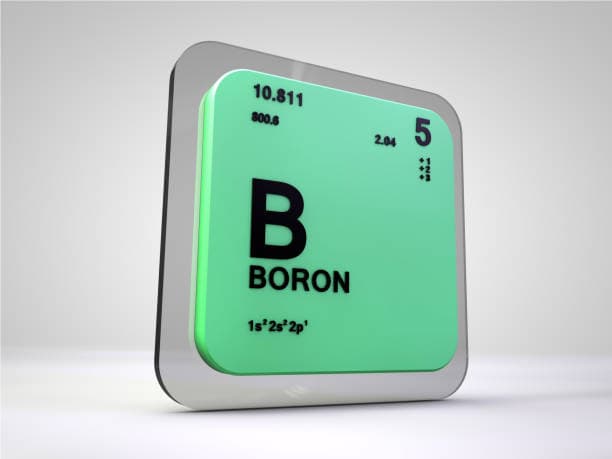
By adding a small amount of boron to steel, the compactness and hot rolling properties of the steel are improved and its strength is increased.

Rare earth elements refer to the 15 lanthanides with atomic numbers 57-71 in the periodic table. These elements are all metals, but their oxides are similar to “earth,” so they are commonly referred to as rare earths. Adding rare earth elements to steel modifies the composition, shape, distribution, and properties of the inclusions in the steel, enhancing various properties such as toughness, weldability, and cold workability. Adding rare earth elements to plowshare iron improves wear resistance.
See also:

